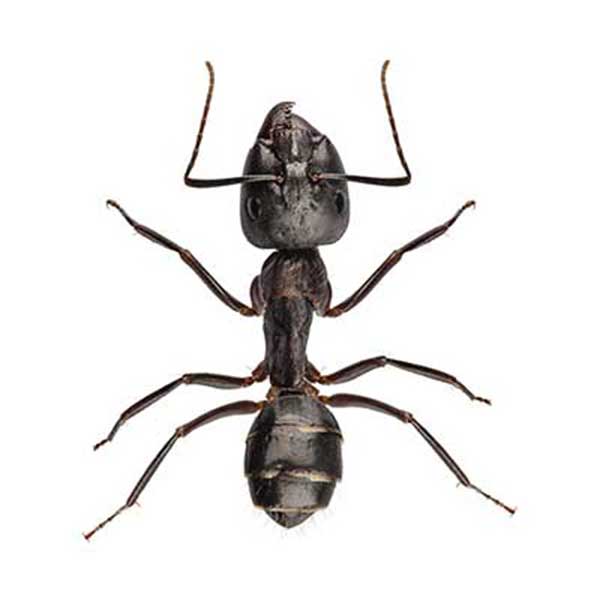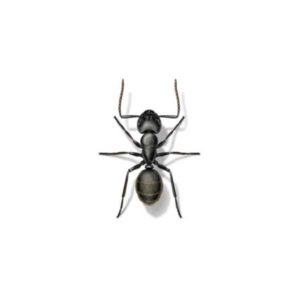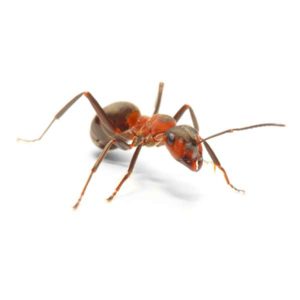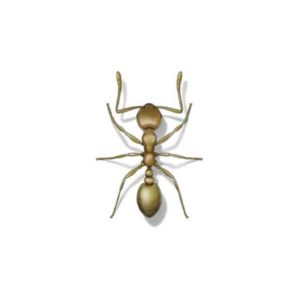Carpenter Ants in Puerto Rico
Carpenter ants are wood-destroying pests that are often confused for termites. In the San Juan area, these ants burrow through wood and wooden beams as they construct nests, destroying the structural integrity of homes and businesses. Carpenter ants do not eat and digest wood, but instead, bore through the wood to create cavities to raise their young. Over time, they seriously damage wood, reducing solid structures to hollow shells. If you spot ants crawling out oh a hole in your wall or crevices in a structure, they could be carpenter ants. Another sign of a carpenter ant infestation is hearing faint rustling noises in walls.
Carpenter Ant Habitat
Drawn to moisture, carpenter ants prefer to build nests in damp, decaying wood. They feed on a variety of foods but prefer the sugary honeydew excreted by plant-sucking insects. Colonies of carpenter ants access homes through cracks around doors and windows, gaps, wires, or straight through wet, damaged wood. In homes and businesses, carpenter ants infest construction materials such as foam insulation or wood. Carpenter ants will infest any area in a structure where wood and water come together, producing rotting wood. Indoor carpenter ant infestations are always associated with moisture issues in homes or businesses.
Carpenter Ant Behaviors, Threats or Dangers
Even though carpenter ants rarely bite and are not generally thought of as dangerous, they pose a serious threat due to their wood-destroying habits. Their burrowing activity weakens and destroys the structural integrity of homes and businesses. Carpenter ants swarm in order to mate and establish new colonies. Seeing winged, flying ants in your home is a sign of an infestation. While carpenter ants are not as destructive as termites, if left unchecked, they systematically destroy homes and valuable wood objects within them. If you think you have carpenter ants, it is best to contact a professional ant exterminator.
Need help with Carpenter Ant control?
We'll call you! Leave your information below.




